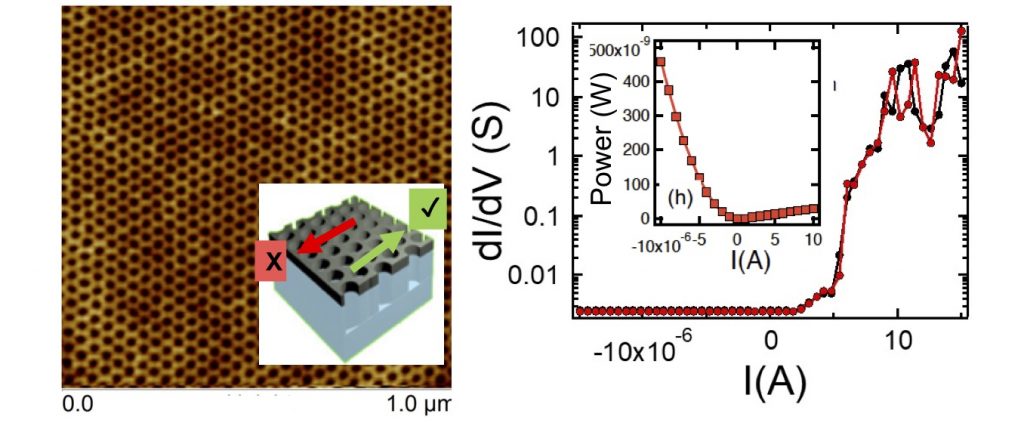HOME | ABOUT US | MEDIA KIT | CONTACT US | INQUIRE
HOME | ABOUT US | MEDIA KIT | CONTACT US | INQUIRE
A study released by the University of Missouri news bureau today states that a group of physicists at MU have “applied for a patent for a magnetic material that employs a unique structure—a “honeycomb” lattice that exhibits distinctive electronic properties.”
The study was led by Deepak K. Singh, an associate professor of physics and astronomy at MU. “Semiconductor diodes and amplifiers, which often are made of silicon or germanium, are key elements in modern electronic devices,” said Singh, who also serves as the principal investigator of the Magnetism and Superconductivity Research Laboratory at MU. “A diode normally conducts current and voltage through the device along only one biasing direction, but when the voltage is reversed, the current stops. This switching process costs significant energy due to dissipation, or the depletion of the power source, thus affecting battery life. By substituting the semiconductor with a magnetic system, we believed we could create an energetically effective device that consumes much less power with enhanced functionalities.”

Singh’s ‘honeycomb structure’
Not exactly layman’s terms but Singh went on to say, “Although more works need to be done to develop the end product, the device could mean that a normal 5-hour charge could increase to more than a 500-hour charge,” Singh said. “The device could also act as an ‘on/off switch’ for other periphery components such as closed-circuit cameras or radio frequency attenuators, which reduces power flowing through a device. We have applied for a U.S. patent and have begun the process of incorporating a spin-off company to help us take the device to market.”
5-hours to 500-hours? Imagine the Ingram’s articles you could read with that kind of battery power..